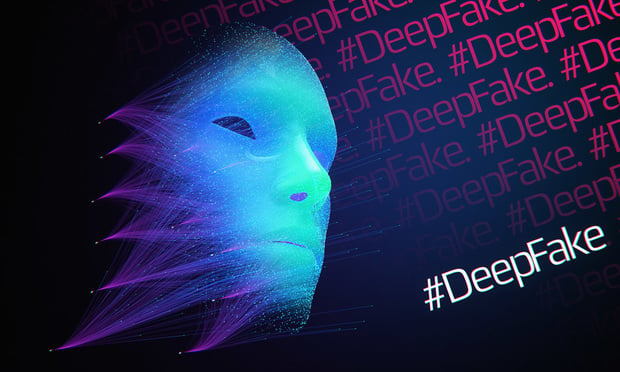 Credit: Sono Creative/Adobe Stock
Credit: Sono Creative/Adobe Stock
The Financial Crimes Enforcement Network (FinCEN) is warning financial institutions of the growing threat of deepfake media - highly realistic but fraudulent images, documents, videos and audio files used by criminals in a variety of fraud schemes that target credit union members and bank customers.
The FinCEN alert released Wednesday outlined the accelerating sophistication of these scams, particularly in identity verification and financial account manipulation.
Recommended For You
According to the federal agency, this trend poses significant risks to anti-money laundering (AML) efforts and national security.
Beginning in 2023 and throughout this year, FinCEN said it has seen an increase in suspicious activity reporting from financial institutions describing the suspected use of deepfake media in fraud schemes that target their members and customers.
These phony images are created by bad actors who use generative AI (GenAI) technologies, which have reduced the resources (lower costs and time) needed to produce convincing fake identities, enabling criminals to bypass credit union or bank due diligence protocols. FinCEN noted numerous instances where bad actors used AI-generated images to create counterfeit identity documents, from driver's licenses to passports, to gain account access.
According to the federal agency’s analysis of BSA data, after opening accounts using GenAI fake identities, criminals use those accounts to launder funds from other fraud schemes that involve checks, credit cards, authorized push payments, loans and unemployment benefits.
FinCEN’s analysis of BSA data also indicated that financial institutions often detect GenAI and synthetic content in identity documents by conducting re-reviews of a customer’s account opening documents.
“When investigating a suspected deepfake image, reverse image searches and other open-source research may reveal that an identity photo matches an image in an online gallery of faces created with GenAI,” the federal agency said in its alert. “Financial institutions and third-party providers of identity verification solutions may also use more technically sophisticated techniques to identify potential deepfakes, such as examining an image’s metadata or using software designed to detect possible deepfakes or specific manipulations.”
Although not conclusive in detecting deepfake documents, other indicators that would warrant additional scrutiny from credit union employees include the following:
- Inconsistencies among multiple identity documents submitted by a member;
- A member’s inability to satisfactorily authenticate their identity, source of income or another aspect of their profile; and
- Inconsistencies between the identity document and other aspects of the member’s profile.
© Touchpoint Markets, All Rights Reserved. Request academic re-use from www.copyright.com. All other uses, submit a request to [email protected]. For more inforrmation visit Asset & Logo Licensing.







